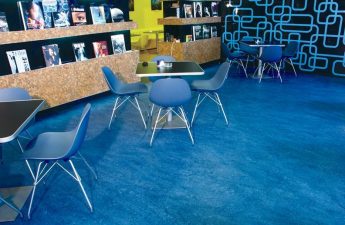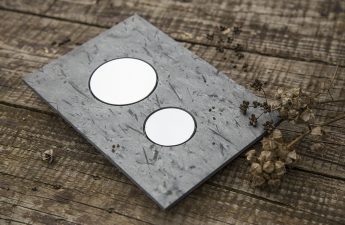At the peak of the ecological wave, producersWood is called everything that has in itself at least wood shavings. We will help you figure out which of the "wooden" materials is actually wooden
Not every tree is a tree
Have you heard such a word - "array"?It is used when they want to say that furniture is made of wood. At the same time, one should not think that the tabletop of a 150x200 cm table was cut out of a huge oak (although this also happens, this is already from the exclusive area). Usually such large forms are glued together from several pieces of wood. This is what is called an array. In Germany, beech and oak are most often used as solid wood, in Russia and in the Scandinavian countries - pine and birch, in Italy, France and Spain - cherry and walnut. It is ideal if the factory uses local wood: this way it can fully control the production process, including the most important stage of working with wood - drying it. The quality of the furniture directly depends on the quality of the wood used. 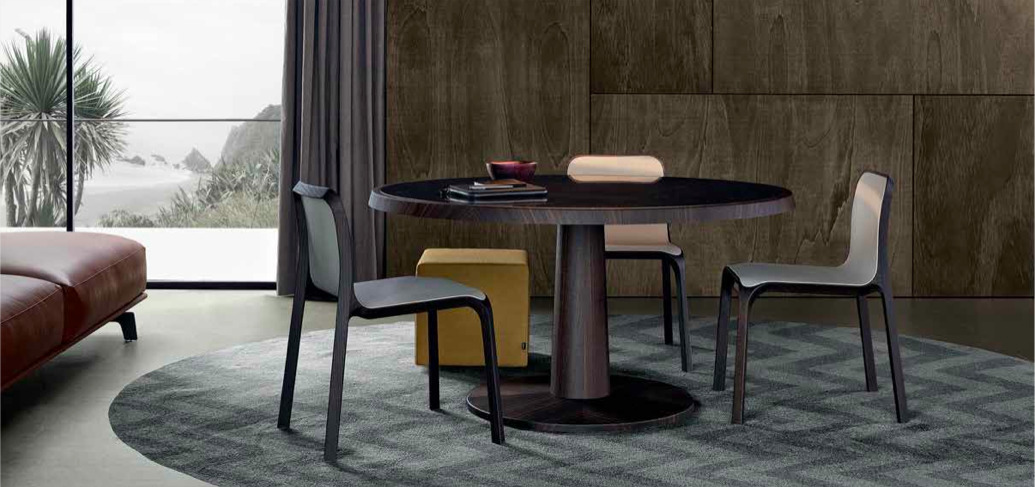
Compliance with manufacturing technology is a guarantee of product quality
As for buying wood furniture, hereremember that the miser pays twice. Poorly made furniture in six months or a year can begin to crack. This usually happens due to a violation of the drying regime of the tree. By the way, we want to dispel the prejudice against pine furniture. Although this wood belongs to the category of soft wood, furniture from it turns out to be durable. And the question of color and the presence of "knots" is solved by the correct design. For example, painted dark gray or coffee, pine looks pretty attractive. And the price for it is still lower than for the same beech furniture. Walnut, cherry, ash and maple are used, as a rule, for the manufacture of expensive, elite furniture that will serve faithfully for more than a dozen years (or maybe more than one hundred). Exotic tree species are in fashion now: merbau, rosewood, wenge. In the countries of their growth, the climate is humid, so this wood is especially resistant to changes in humidity, as well as to various insects and fungi. 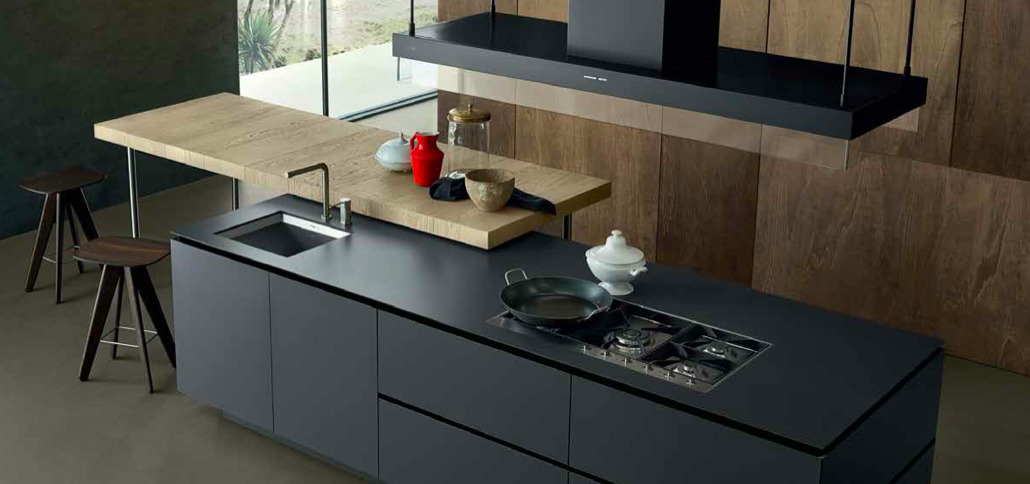
Do not be afraid of veneer
Veneer should in no way be regarded assomething worse than an array. On the contrary, they usually finish expensive furniture models with it, while choosing rare and valuable wood for veneering: ash core, walnut root. In these cases, under the veneer, there may well be a glued array of "simple" wood. But even if there is an MDF board under the veneer, there is nothing terrible in this either. Now almost all decent manufacturers use MDF in cases where cabinet furniture needs to be given special strength. Most often this applies to the production of kitchens: here it is almost impossible to do without MDF, since temperature and humidity changes in the kitchen can go off scale. And even a very good array can simply not stand it. MDF is also partly made of wood, and therefore it is wrong to consider this material non-environmentally friendly. If the slabs meet European quality standards, then everything is in order. There is one more definition, which they like to abuse to the place and out of place: "chipboard". What can you say: the days when chipboards were flimsy and emitted harmful substances are gone. Today, this material is also produced in most cases using environmental technologies. And there is more than enough wood in the chipboard. However, the quality of both MDF and particleboard depends on where they are produced. And German ancestry is valued higher. 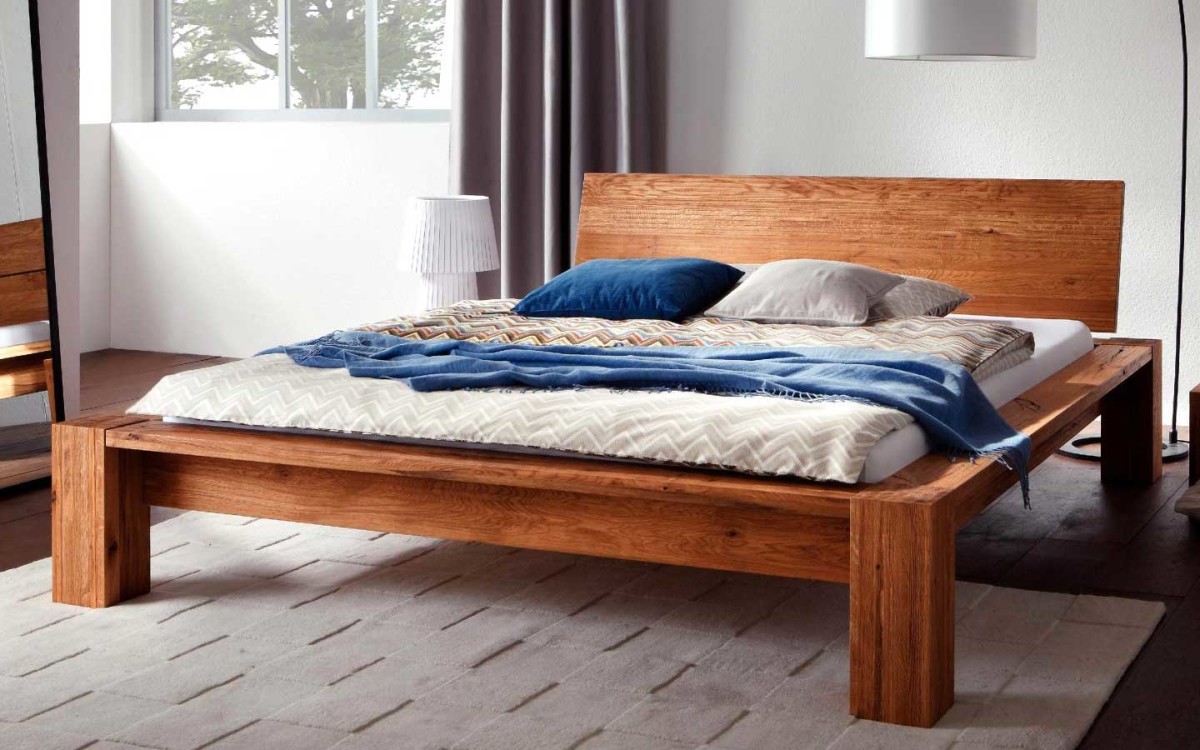
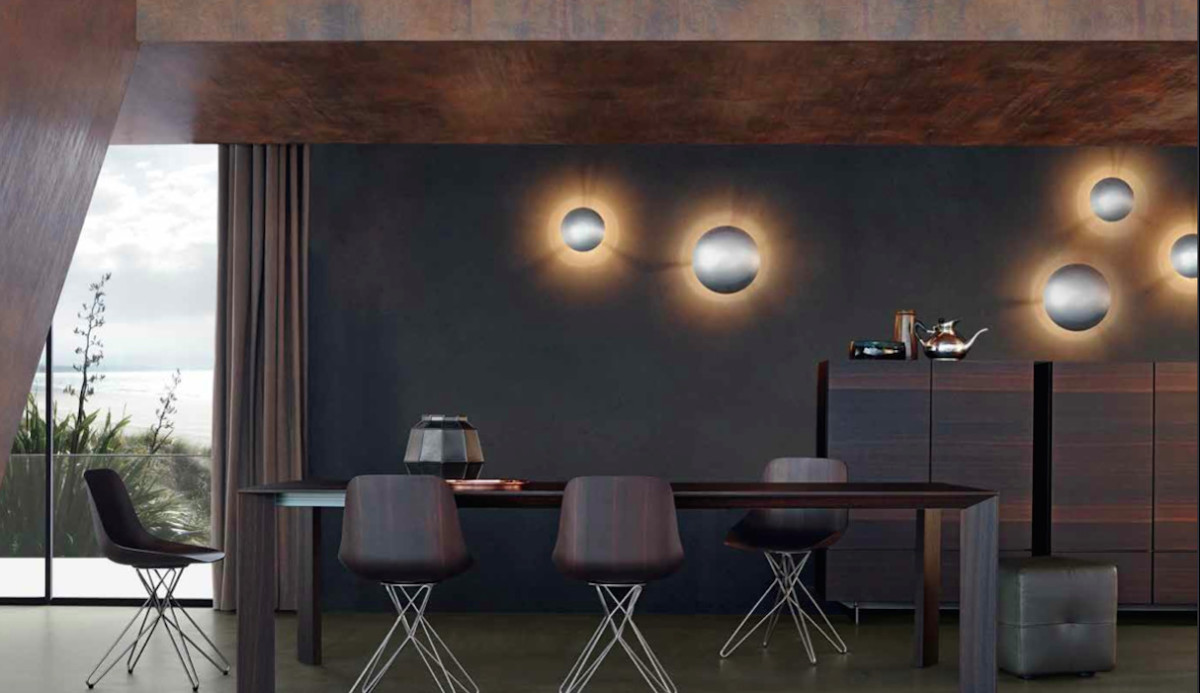 photos www.poliform.it
photos www.poliform.it
